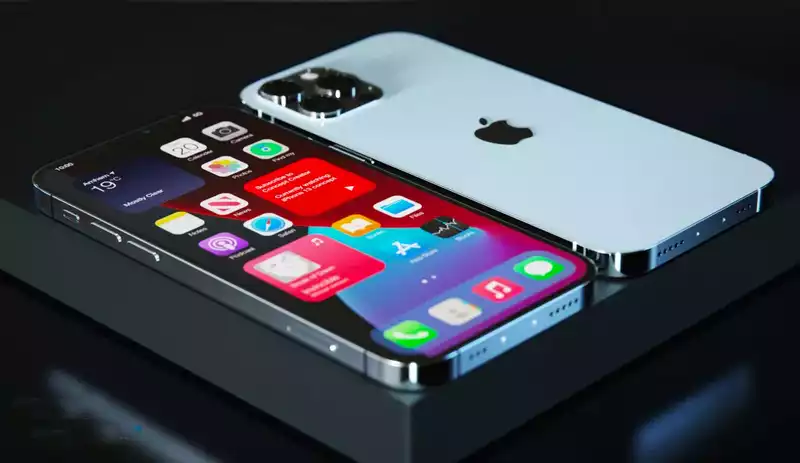The rumored upcoming iPhone 13 lineup could include an always-on display, a feature of the Apple Watch Series 6 and common in several Android phones.
This is according to a recent report by Bloomberg's Mark Gurman, who discussed Apple's next phone in his Power On newsletter, repeating rumors of the iPhone 13's 120Hz refresh rate and slim display notch, and pointing to the so-called A 15 Bionic chip, he noted.
While Android phones, led by Samsung, have had always-on displays for about five years, Apple has been dragging its feet in adopting always-on displays for the iPhone.
The always-on display is a convenient feature that allows users to view information and notifications at a glance without having to unlock the phone. A well-implemented always-on display is very useful, and in a model like the OnePlus 8T, it can smartly show how much you've looked at your phone throughout the day.
It is compelling that Apple has shied away from always-on displays in the past because they can drain battery life. However, with display technologies such as LTPO that enable dynamic refresh rates (Samsung's Galaxy S21 Ultra can scale down from 120 Hz to 10 Hz), modern always-on displays consume less power.
And according to Gurman and other rumors to date, the iPhone 12, or at least the iPhone 12 Pro model, may utilize LTPO panels to facilitate the expected 120Hz refresh rate. This could allow for an always-on display at the same time without compromising the solid battery life that iPhones tend to offer in general.
This is not the first time we have heard rumors of an always-on display for the iPhone 13. Presumably, an always-on display would allow future iPhone 13 users to quickly check notifications, battery level, and time at a glance, with a portion of the iPhone 13's OLED display illuminated with that information.
Although only a concept, a video on the A Better Computer YouTube channel shows what the iPhone 13's always-on display will look like.
Besides new display technology and features, the iPhone 13 series is also expected to include camera upgrades, including astrophotography capabilities and portrait mode video, and a new chipset, likely called A15 Bionic. High-speed 5G is also reportedly on the way, and another report from Bloomberg indicates that unfortunately the iPhone 13 may not offer Touch ID under the display.
Since the iPhone 13 is expected to arrive in September, it shouldn't take too long to confirm which rumors are legitimate. If the rumors bear fruit, the iPhone 13 could be a significant upgrade over the iPhone 12.
We just hope that Apple pulls the entire iPhone 13 series to 120Hz and always-on display, rather than leaving some key features only on the iPhone 13 Pro.










Comments